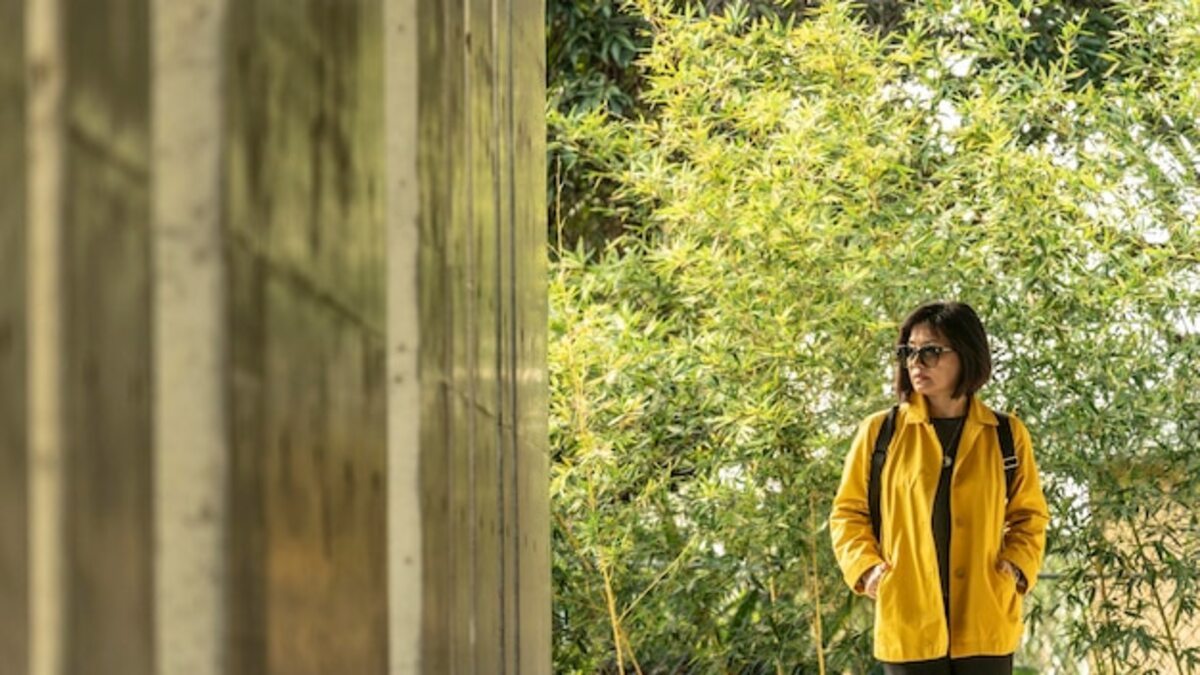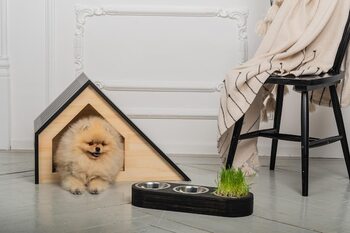Urban spaces: the art of creating personal well-being areas

In a world where the fast pace and stress are commonplace, urban spaces have transformed into refuges of personal well-being. The creation of areas that promote tranquility and connection with nature not only enhances our quality of life but also boosts our emotional well-being. In this article, we will explore how to design and enjoy these spaces in our cities and communities, so that every corner becomes a conducive place for rest and personal renewal.
The importance of urban design in personal well-being
Urban design plays a fundamental role in personal well-being by directly influencing how we interact with our environment. Well-planned spaces that integrate green areas, resting zones, and public art elements can provide a respite from the daily hustle. The arrangement of pedestrian streets, parks, and squares not only promotes physical activity but also encourages social interactions and creates more cohesive communities. This type of environment fosters a more enriching urban experience, allowing individuals to feel more connected to their surroundings and to each other.
Furthermore, the importance of urban design extends to how it impacts our mental health. Studies have shown that spending time in natural spaces reduces stress and improves mood. The incorporation of natural elements such as trees, planters, and bodies of water within the urban fabric can act as an antidote to daily anxiety. A carefully designed environment not only provides a physical refuge but also fosters a sense of inner peace and emotional well-being. By prioritizing these aspects in urban design, we can transform our cities into oases that nurture both the body and the mind.
2. Key elements for creating a relaxing urban space
To create an urban space that promotes relaxation, it is essential to carefully select the elements that compose it. The incorporation of vegetation, such as trees and native plants, not only beautifies the environment but also provides shade and purifies the air. Vertical gardens and green areas can be implemented in small spaces, transforming plazas or rooftops into oases of calm. Additionally, the integration of water features or ponds adds a sound and visual element that invites meditation and rest, helping to reduce everyday stress.
Another key element is the choice of urban furniture. Comfortable benches and well-placed picnic tables encourage social interaction, but they also provide spaces for enjoying moments alone. It is important to consider materials that are pleasant to the touch and aesthetically appealing to create a cozy atmosphere. Soft lighting during nighttime hours can further enhance these spaces, allowing them to be enjoyed at different times of the day. An accessible and inclusive design ensures that all individuals can benefit from these corners intended for personal well-being, thus transforming each urban area into a revitalizing refuge.
3. Inspiring examples of wellness areas in cities around the world
Cities around the world have begun to recognize the importance of creating spaces that promote personal well-being, and several examples stand out for their innovation and design. In Copenhagen, Denmark, the famous Frederiksberg park is an iconic place where residents can enjoy expansive green areas, serene lakes, and carefully designed gardens. This urban refuge not only provides an escape from the city bustle but also encourages outdoor activities like yoga and meditation, allowing people to reconnect with nature amidst a vibrant urban environment.
Another inspiring example can be found in Singapore with its "gardens in the cloud," an innovative creation that combines nature and technology. Located high atop Marina Bay Sands, these vertical gardens not only offer breathtaking panoramic views but also serve as an oasis of biodiversity in the heart of a metropolis. Visitors can explore them via elevated walkways and engage in interactive activities that foster a connection with the natural environment. The integration of these green spaces within the urban landscape demonstrates how cities can prioritize personal well-being while embracing modern development.
4. How to integrate green areas in urban environments
Integrating green areas in urban environments is essential to promote a healthier and more balanced lifestyle. The incorporation of parks, vertical gardens, and green rooftops not only beautifies the city but also provides spaces where citizens can relax, socialize, and reconnect with nature. These areas do not require large expanses of land; even small patches of vegetation can make a big difference. The key is to take advantage of available spaces, such as abandoned squares or empty walls, transforming them into oases that invite contemplation and recreation.
In addition to their aesthetic function, green areas play a crucial role in urban sustainability. They act as lungs for cities, improving air quality and reducing the heat island effect. Including a variety of native plants can attract local wildlife, thereby supporting biodiversity in increasingly urbanized environments. Promoting community activities around these spaces also fosters a sense of belonging among residents, turning parks and gardens into true centers of well-being that nourish both body and spirit.
5. The role of the community in creating healthy spaces
The community plays a crucial role in creating healthy spaces, as the residents are the ones who best understand their needs and aspirations. The active participation of citizens in the design and maintenance of these places not only promotes a sense of belonging but also fosters social cohesion. Initiatives such as community gardens, recreational areas, and pedestrian trails are tangible examples of how collaborative work can transform urban spaces into environments that prioritize collective well-being. By engaging in these activities, neighbors not only contribute physically to their surroundings but also build strong interpersonal relationships that enrich community life.
Moreover, communities can take advantage of local resources and cultural traditions to enrich their healthy spaces. Incorporating elements such as community art, local markets, or outdoor festivals can revitalize urban areas and make them more attractive for everyone. This inclusive approach not only enhances the aesthetics of the place but also highlights the cultural identity of the neighborhood, promoting a sense of pride among its residents. Ultimately, by working together to create and maintain these well-designed spaces, communities foster an environment where personal well-being becomes a shared priority, benefiting each individual and strengthening the social fabric as a whole.
6. Public spaces: beyond simple aesthetic design
Public spaces are much more than mere aesthetic interventions in the urban environment; they are key elements for fostering social cohesion and community well-being. A good design of these places must consider functionality, accessibility, and the diversity of activities that can take place. For example, well-planned parks, squares with resting areas, and recreational zones not only beautify cities but also invite people to interact, relax, and enjoy time outdoors. Every element, from benches to vegetation, is intended to create a welcoming atmosphere that promotes a sense of belonging among citizens.
Moreover, the integration of nature in these public spaces plays a fundamental role in the mental and physical health of their users. The presence of trees, gardens, or even small lakes can reduce stress and improve mood. The proper planning of these environments allows people to disconnect from the urban bustle, finding in them a refuge where they can recharge. Additionally, by promoting activities such as outdoor classes or cultural events in these areas, not only individual well-being is enhanced but also a collective sense that strengthens community ties. In short, the conscious design of public spaces goes beyond the visual aspect; it is an investment in quality of life for all those who inhabit our cities.
7. Strategies to promote outdoor meditation and mindfulness
Meditation and mindfulness are practices that can be deeply enriching, especially when carried out in a natural environment. To promote these outdoor activities in urban spaces, it is essential to design areas that invite tranquility and reflection. This can be achieved by creating zen gardens, areas with comfortable benches surrounded by vegetation, or even small lakes where the sound of water helps to calm the mind. Incorporating elements such as winding paths and cozy corners not only enhances the aesthetics of the place but also fosters an atmosphere conducive to introspection and connection with oneself.
It is also essential to facilitate community activities that integrate meditation and mindfulness in these spaces. Organizing outdoor group yoga sessions, breathing technique workshops, or guided meditation classes can attract more people to participate and enjoy the benefits of mental well-being. Creating a local culture that values time dedicated to self-care will not only enrich individual experiences but also strengthen community bonds. Ultimately, transforming these urban spaces into places that promote inner peace significantly contributes to the overall well-being of their inhabitants.
8. The influence of urban art on community well-being
Urban art has emerged as a powerful tool for the transformation of public spaces, turning monotonous areas into vibrant centers of cultural expression. Murals, installations, and sculptures not only beautify the environment but also foster a sense of belonging among residents. By integrating artistic works into the urban landscape, a dialogue is generated between the community and its surroundings, promoting social cohesion and a greater appreciation for the place where people live. This type of art invites individuals to reflect on their collective identity and strengthens bonds between neighbors through collaborative projects.
Furthermore, the impact of urban art goes beyond aesthetics; it also plays a crucial role in the mental and emotional health of individuals. Interaction with these works can inspire joy and creativity, providing moments of pause in the daily routine. Spaces adorned with accessible art invite contemplation and shared enjoyment, thus creating environments conducive to personal well-being. By fostering an emotional connection with these artistic elements, communities can build a more resilient and positive culture, where each mural tells a story that resonates in the hearts of its inhabitants and contributes to a more harmonious environment.
9. Innovative projects that transform cities into oases of peace
Innovative projects emerging in today's cities seek to redefine the concept of urbanism, integrating nature and human well-being into urban design. Initiatives like vertical gardens, green roofs, and urban parks not only beautify urban environments but also contribute to the mental and physical health of their inhabitants. These spaces become true oases of peace, where people can disconnect from the daily hustle, enjoy a moment of calm, and reconnect with their natural surroundings. Furthermore, the incorporation of elements like water features, meditation areas, and recreational zones encourages a more active and supportive community life.
The transformation of cities into spaces designed for personal well-being also involves rethinking urban mobility. Projects that promote bike lanes, pedestrian pathways, and efficient public transportation allow citizens to move around without stress, fostering a healthier lifestyle. The creation of these sustainable environments not only improves air quality and reduces environmental noise but also invites residents to enjoy their daily walks. By encouraging a deeper connection with the community and the surrounding nature, these innovative projects are key to building resilient cities that prioritize the emotional well-being of their citizens.



